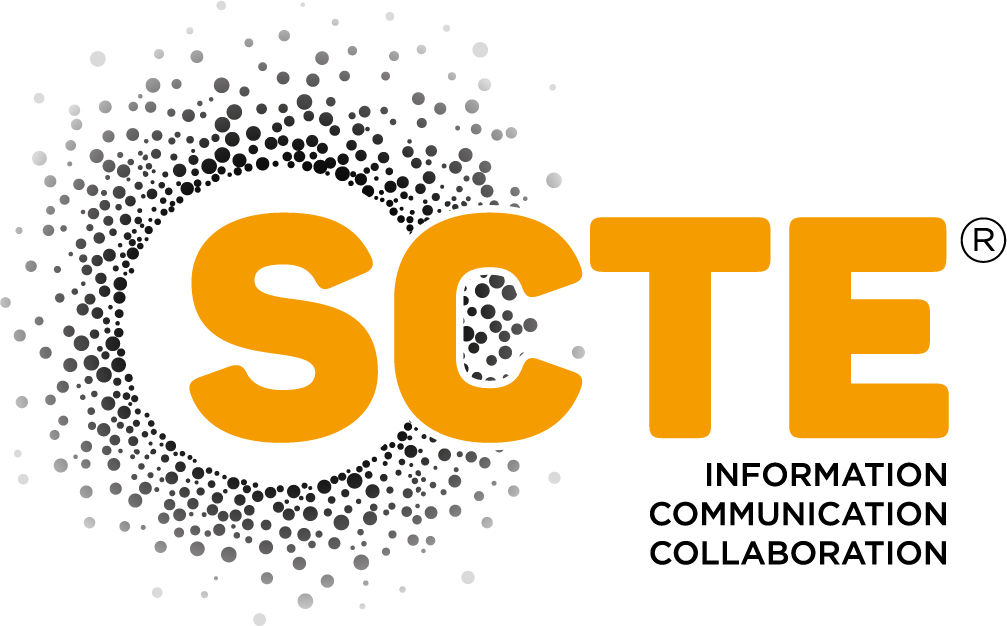IBC2023 Tech Papers: Recommendations for improving on-demand content, post-broadcast derived from an analysis of minute by minute consumption patterns

IBC2023: This Technical Paper outlines a survey of minute-by-minute audience consumption of radio and television programmes, describes the four main patterns of consumption and the way in which these can be characterised through mathematical modelling.
Abstract
As more content created for television and radio is consumed on-demand, audiences have become selective about which parts of a programme they consume, seeking out items of interest or scrolling past parts they find less relevant. Identifying patterns of audience behaviour with on-demand content has provided us with insights into audience needs and how their experience can be improved for post-broadcast viewing and listening.
This paper outlines a survey of minute-by-minute audience consumption of radio and television programmes for 3-4 days post-broadcast, spanning a period of twelve months. It describes the four main patterns of consumption and the way in which these can be characterised through mathematical modelling. This modelling in turn enables the automatic identification of programmes where the audience are being selective about which parts of the programme they consume.
These results are examined in the context of previous studies of audience behaviour and immersion using concepts from behavioural economics. The specific patterns of selective consumption are also described within the user experience framework of desire lines and suggests ways of better meeting the audience’s needs using object-based production techniques to provide improved navigation as well as alternative versions of the content.
Introduction
Unlike dedicated streaming services the on-demand services provided by public-service broadcasters mostly consist of content which has been commissioned to fit within a broadcasting paradigm. In the case of television this content is commissioned, created and scheduled to fit within a continuous flow of output and work well within a specified time slot [1, p86-87]. The programmes will often be scheduled to corral the audience from programme to programme and discourage them from changing channels [2, p250]. In the case of radio a high proportion of the output is presented live with a significant amount of contemporaneous time related content such as news, weather, travel news and time checks [3, p154-155]. The live speech content in radio is particularly of-the-moment with the presenter addressing the audience directly [4, p1-13]. This approach has developed over 100 years of broadcasting and has evolved along with the behaviour and needs of the audience [5, p17-20].
By contrast, when offered on-demand these radio and television programmes can be consumed at any time, removed from their temporal and broadcasting context. This is most significant for programmes which cover live events, because their consumption is no longer contemporaneous with the event. The audience can also be selective about which parts of a programme they consume, scrolling forwards through a programme to select items of interest and avoid less engaging parts.
This study of audience statistics and behaviour used data from the BBC’s iPlayer and Sounds platforms. The aim was to reveal the usage patterns for the programmes on these platforms on a minute-by-minute basis to identify content which could be enhanced by improved navigation and object-based media techniques. The study also revealed a surprisingly consistent set of consumption patterns cutting across standard genre boundaries and so provides new insights into the relationship that audiences have with on- demand content. In addition this study provides baseline data for further research in the field of audience studies.
Read the full article

Sign up to IBC365 for free
Sign up for FREE access to the latest industry trends, videos, thought leadership articles, executive interviews, behind the scenes exclusives and more!
Already have a login? SIGN IN

















